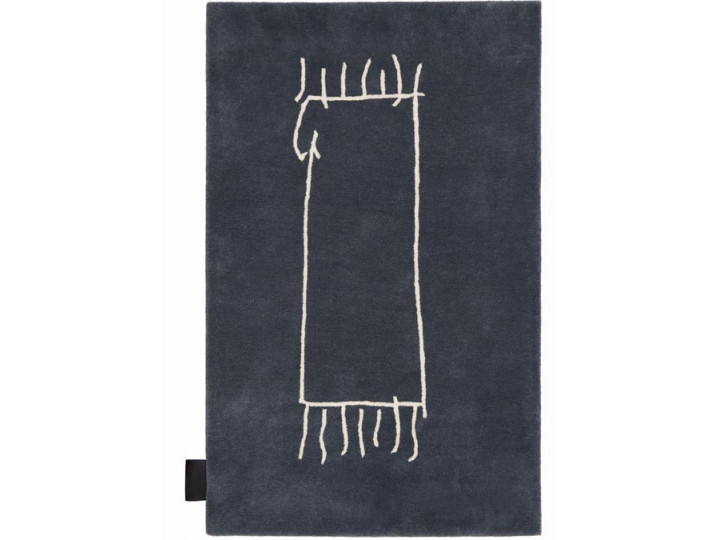Hand tufted Carpet on Carpet rug. 3 sizes
-
Jonas Bohlin
-
Asplund
- ASP112 Delivery time : 10 to 12 weeks
Hand tufted in India in New Zealand wool and tencel mix.
Hand tufted rugs should not be confused with machine-made tufted rugs. Hand tufting is a traditional method, which requires a high level of craftsmanship. Our rugs are entirely made by hand: the yarn is hand dyed, tufted by hand with a small mechanical tool and finally sheared, using hand held scissors. No electricity is used.
At Asplund, when we strive to create carpets that are stylish and durable enough to be passed on for generations, only the finest materials and techniques are good enough. Our carpets are woven, knotted or tufted by hand, by skilled craftsmen.
Handcrafting makes each carpet unique, like a piece of art. We use superior quality New Zealand wool as primary material. The wool is rich in natural fats that give the carpets a beautiful luster while also providing good protection against stains. In some designs we add fine materials like silk or tencel, for a characteristic look and feel.
Available colours combinations : (see picture) 01/06, 06/01, 04/01
The color and material samples are visible at our showroom or can be shipped at home. Contact us.
90x150 cm
160x240 cm
200x300 cm
| Dimensions | 90x150 cm. 160x240 cm. 200x300 cm |
| Material | 100% New Zealand wool. Pile height of 2 - 2,5 cm. The rugs weigh approx. 3,5 - 4 kg/m2. Woolsilk has a beautiful lustre thanks to the special wool mix. |
| Style | Contemporain Neuf |
| Origin | Sweden - India |
| Fournisseur | Asplund |
Jonas Bohlin
Being a designer with an artistical approach to his work, Jonas Bohlin always crosses the borderlines — but without losing the connections. The connections to architecture, to functions, to life itself.
Since the beginning of his career the mixture of emotion and common sense in design has been the very means for his success. As much as you never can separate a design’s form from its function, you’re not able to distinguish its emotional contents from its value.
Jonas Bohlin started off by making a kind of scandalous success in terms of offended Swedish functionalism at the 1981 graduation show at Konstfack, the National College of Arts, Craft and Design, in Stockholm. We never quite recoverd from the shock his chair "Concrete" created in the Swedish design community. Being meant as a piece of sculpture in an artistic installation, the chair of steel and concrete was obviuosly epitomizing a Swedish idea of post-modernism, why it was produced in a limited edition, and is currently a collector’s item.
Bohlin’s works range from furniture, light fittings, glass and textiles, to art objects and installations. It also comprises huge projects, like the creation of a new design education or an eighteen months long happening, comprising the build of a traditional, Swedish boat for fuor rowers, and climaxing in a three month rowing session on the channels of Europe, from Stockholm to Paris.
That project was called LIV, the Swedish word for life (also Latin for 54 — the total number of rowers!), and Jonas Bohlin was truly "rowing for life". Not only his own, as it came out, but also that of his wife and of his son, who was born almost on the same day as the succeding exhibition LIV opened in Stockholm in the spring of 1997.
LIV also gave birth to a lot of new Bohlin design. A range of objects which are natural new members of the big family of things — members but still individuals. To me Jonas Bohlin’s design always have a very sociable quality — they are great friends in an otherwise mixed company.







